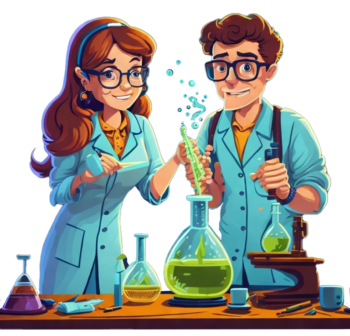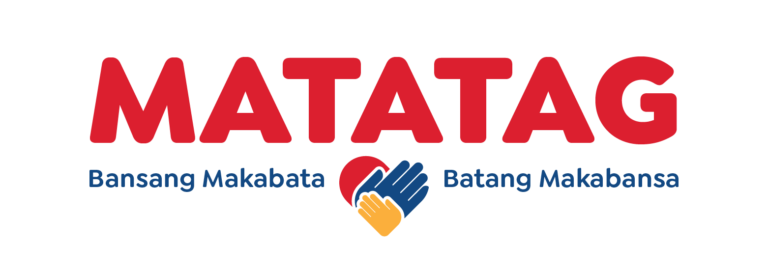
Download the MATATAG Makabansa Curriculum Here
The primary aim of the K to 12 program is to mold a holistic Filipino student equipped with 21st-century skills. Integral to the holistic development of students is the cultivation of a strong sense of self and culture.
In line with this, the new subject “Makabansa” was developed in the initial stages of learning. Through this subject, additional time and effort can be dedicated to students and teachers to focus more on literacy skills such as reading comprehension, which is cited as one of the reasons for the low quality of learning among many Filipino students (Estacio, 2013). This is evidenced by the low scores the Philippines has received in various international assessments such as the Programme for International Student Assessment (PISA) and Southeast Asia Primary Learning Metrics (SEA-PLM).
According to Cristobal’s report (2015), 1.2 million Filipinos aged five to fifteen are said to have limited literacy skills due to interruptions in their education. The continuous decline in reading skills among children from remote areas in Mindanao is also undeniable (Balinas et al., 2017). Studies and literature show that the effective integration of content, themes, concepts, and skills from various subjects leads to meaningful and impactful learning for students (Costley, 2015; Mustafa, 2011; Harell, 2010).
In fact, Loepp (1999) emphasized that integration can result in increased intellectual curiosity, greater interest in learning, improved problem-solving abilities, and higher academic success. There are three reasons for using an integrated curriculum, as per research: a) it fosters stronger connections between teachers and students, b) learning becomes more enjoyable and relevant to students’ lives, and c) it bridges and links traditional academic fields with students and communities (Costley, 2015).
In this regard, Araling Panlipunan and MAPEH are open to opportunities for transdisciplinary integration. The main characteristics of interdisciplinary approach include a) addressing challenges and issues based on changing realities, b) adapting evolving methodology, and c) disciplinary collaboration (Russel, A.W. et al., 2007).
In the development of the content, topics, and themes of Makabansa, there was collaboration among content experts, curriculum specialists, instructional implementers, and leaders to address the goal of shaping students with self-awareness, cultural consciousness, skills for health and creativity, and the ability to engage with others and the community. This can help address curriculum congestion, which is cited as one of the reasons for the low quality of learning among students.
Objectives of Introducing Makabansa
The primary objective of Makabansa is to develop students with self-awareness and cultural consciousness, skills for health and creativity, and the ability to engage with others and the community. The specific objectives of Makabansa are as follows:
- Strengthen the foundation of students in building their identity as individuals and Filipinos.
- Enhance the foundation of students in physical activity, health, and creative expression of their emotions.
- Intensify students’ foundation in literacy skills.
Process in Developing Makabansa
In the development of Makabansa as a learning area, the following processes were considered. Reference to various studies and literature on curriculum integration was made. The Department of Education understands the importance of curriculum integration to enhance students’ learning.
According to Watkins and Kritsonis (2011), an integrated curriculum provides students with the opportunity to see the meaning and purpose of subjects and learning materials. Students also gain a deeper understanding of the mentioned materials.
Harell (2010) cited in Costley (2015) mentions four ways to combine the curriculum. Fusion brings together two separate disciplines. Incorporation adds one element of the curriculum to another. Correlation makes connections between two different subjects. Harmonization brings together different elements of the curriculum that can complement and unify them. There are also three models of curriculum integration: (1) interdisciplinary, (2) problem-based, and (3) theme-based (Mustafa, 2011).
Soni (2015) states that a great feature of Early Childhood Care and Education (ECCE) is encouraging children to explore different experiences based on themes, which inspires them to investigate their surroundings. Theme-based programs create activities and experiences around an idea or theme that stimulate, emotionally support, and engage children.
Theme-based learning shapes the overall development of each child and empowers them to use their abilities to become successful learners. Learning through themes helps young children connect to their immediate world and also link learning in the classroom to their home and community life.
Moreover, Sulaiman (2022) states that a Correlated curriculum is a style of curriculum organization that emphasizes the unique aspects of each field of study while showing connections between disciplines. The benefits of a Correlated curriculum include: 1) Students’ knowledge is enhanced through connections, so their information is not separate but interconnected; 2) When students recognize the connections between subjects, their interest grows; 3) When explanations come from other disciplines, students’ understanding of a concept improves; 4) Connections facilitate a deeper understanding because perspectives are received from multiple angles and not just one issue; 5) Connections allow students to apply their information more effectively; and 6) The connection between subjects emphasizes understanding and principles.
Based on the above, the Correlation and theme-based models were used in developing Makabansa as an integrated aspect of learning/curriculum. Content analysis was conducted on documents from Araling Panlipunan and MAPEH subjects, and the Correlation and theme-based models were used to identify unique aspects of these two subjects.
Download the MATATAG Makabansa Curriculum Here
Matatag Curriculum Guide
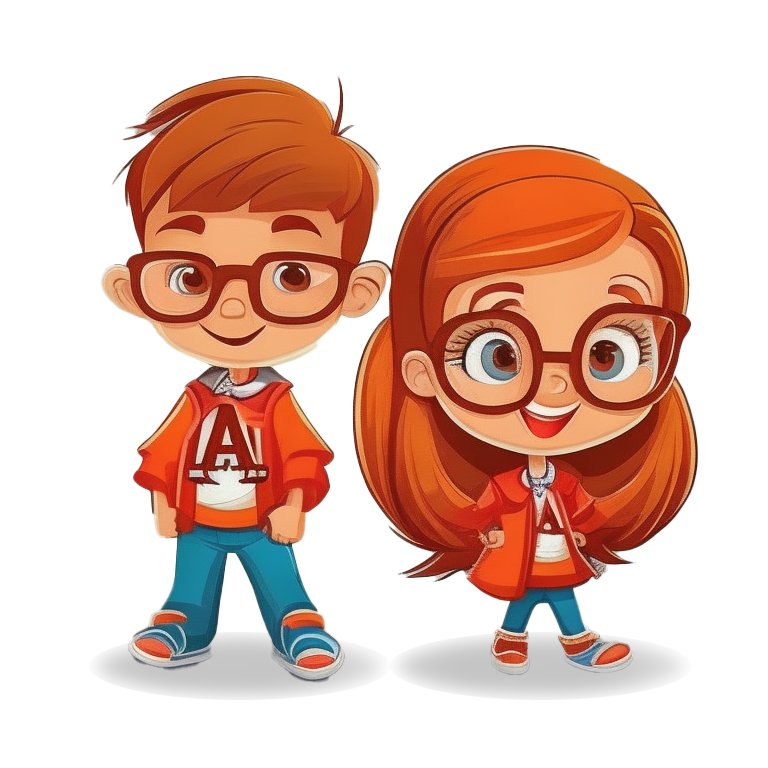
Kindergarten CG 2023
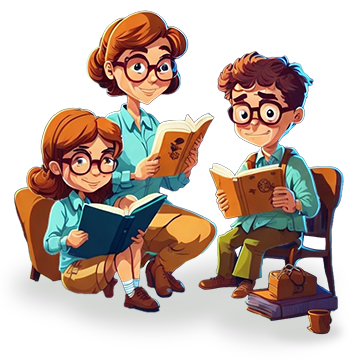
Reading and Literacy CG 2023
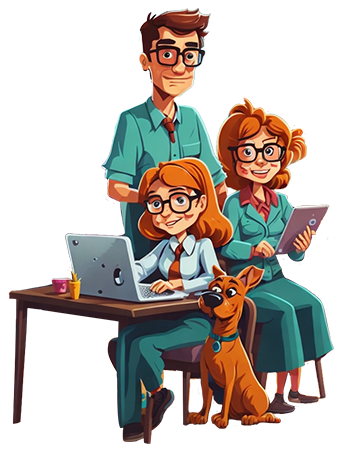
English CG 2023

Araling Panlipunan CG 2023

Filipino Kurikulum CG 2023
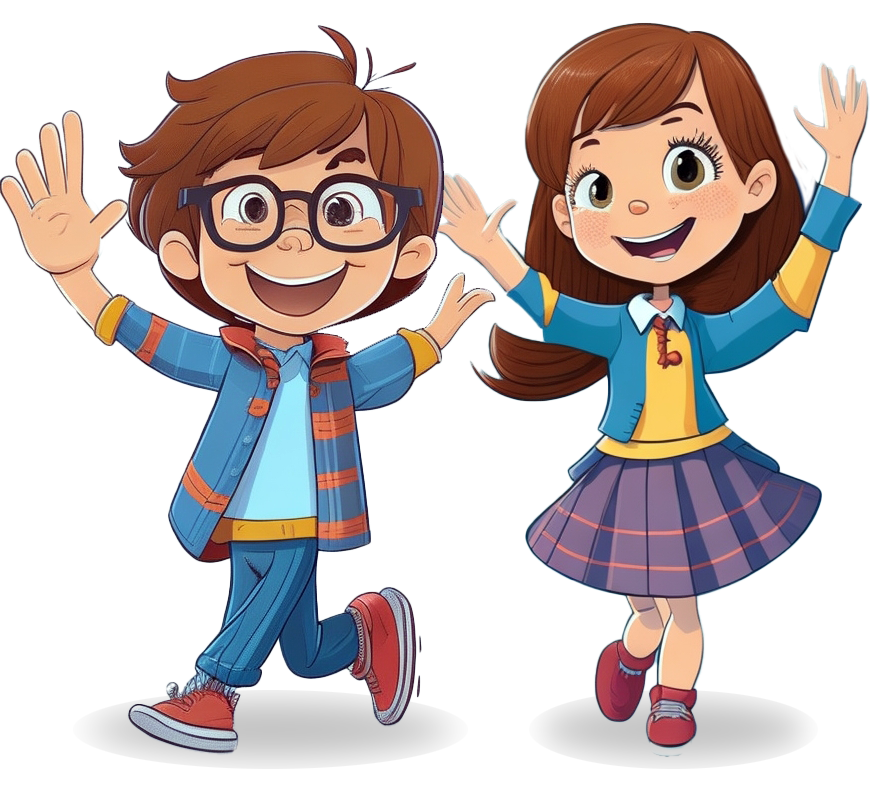
GMRC and VE CG 2023
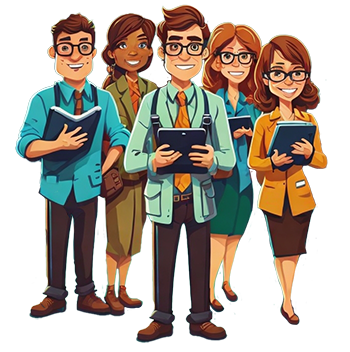
Language CG 2023
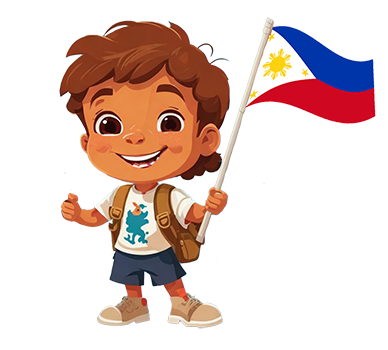
Makabansa CG 2023
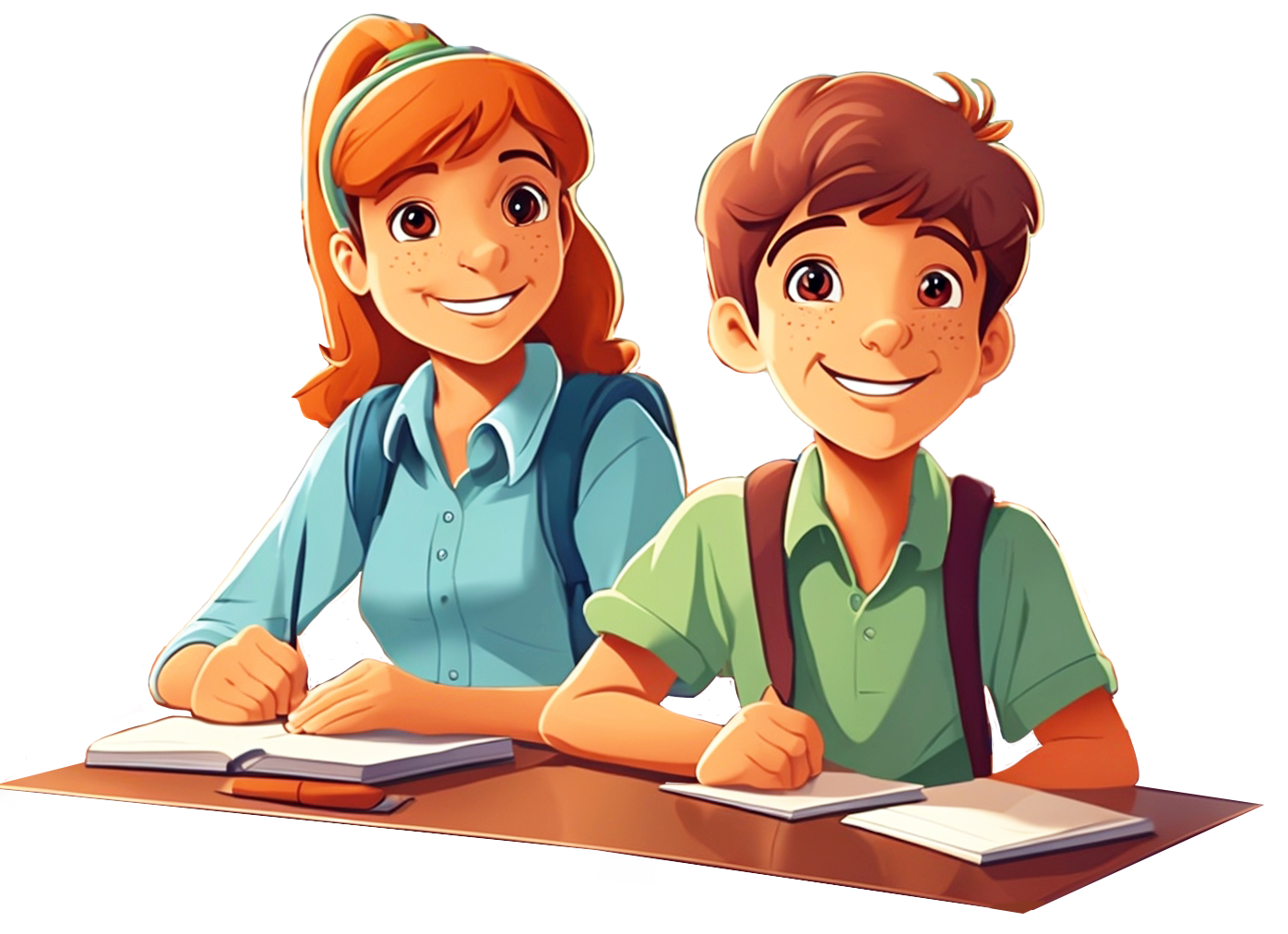
EPP TLE CG 2023

Mathematics CG 2023

Music and Arts CG 2023

PE and Health CG 2023
